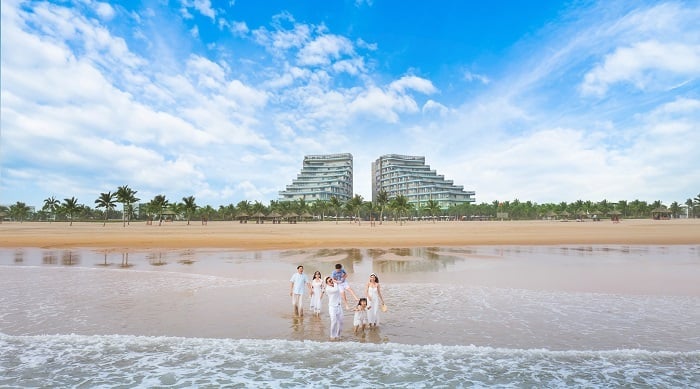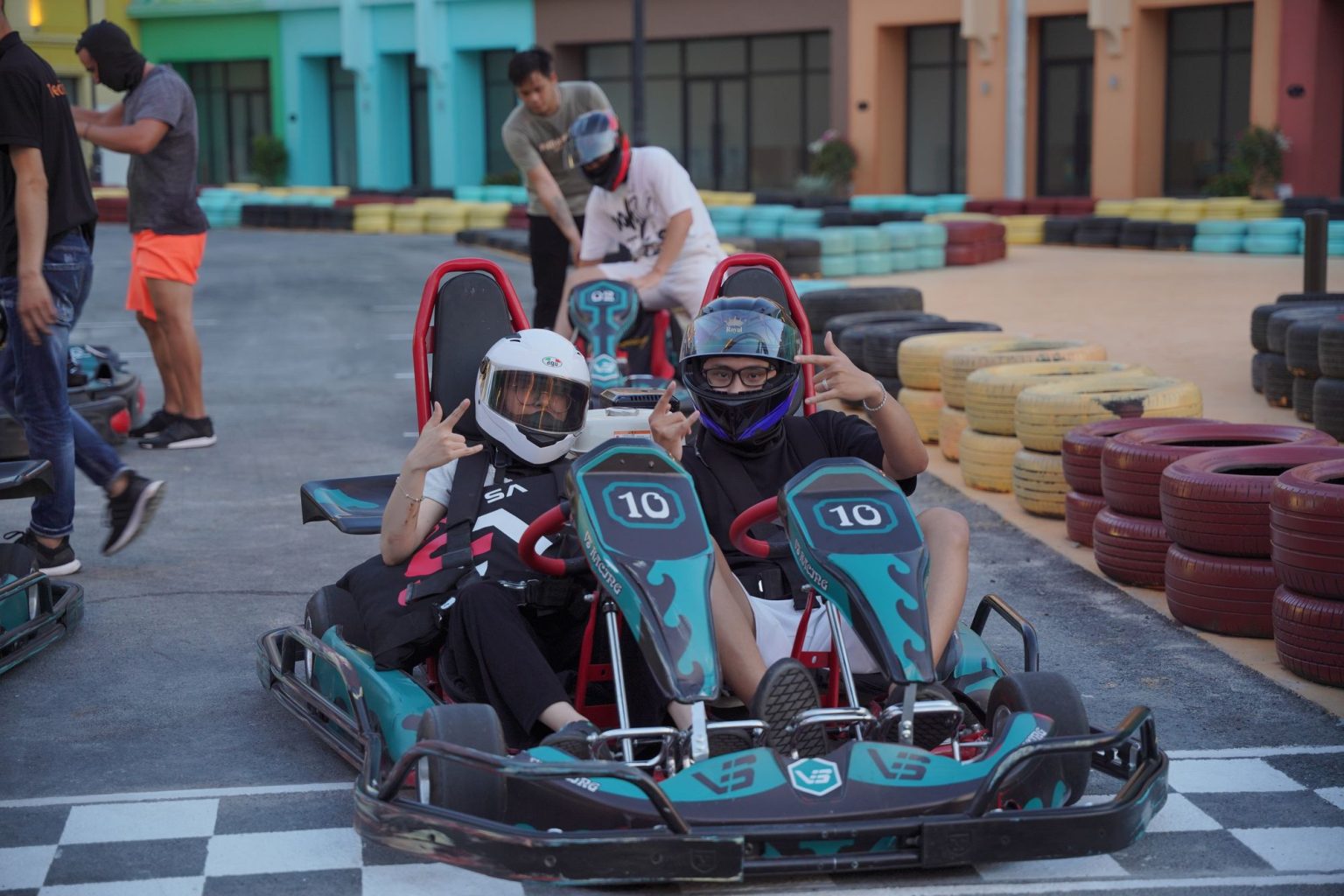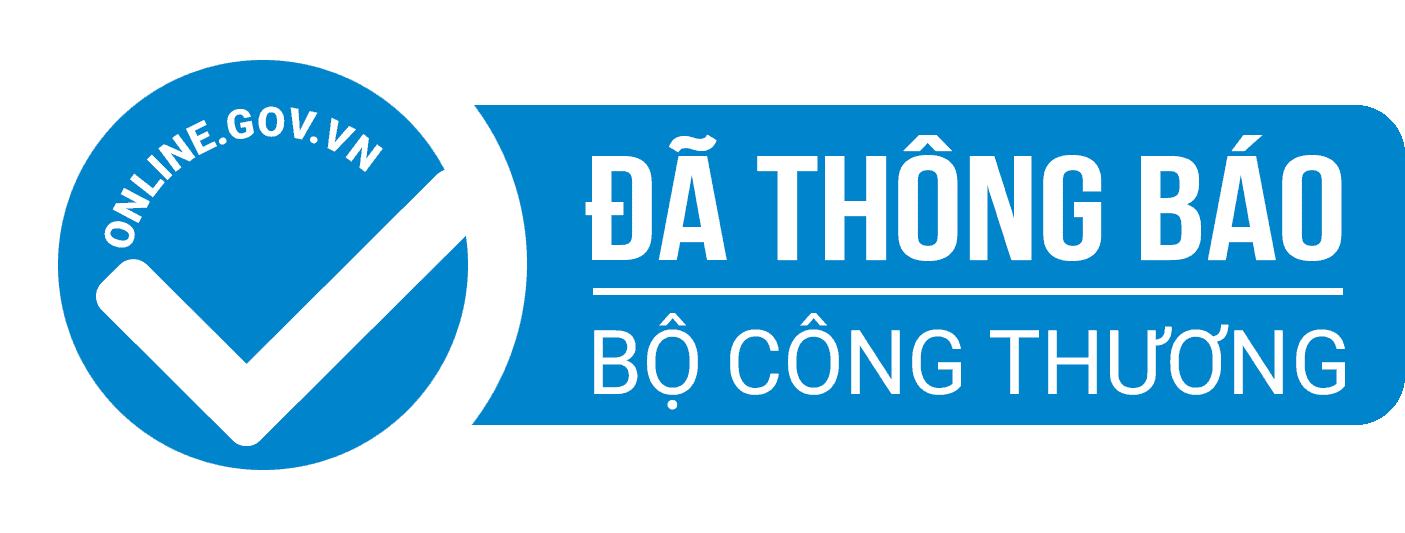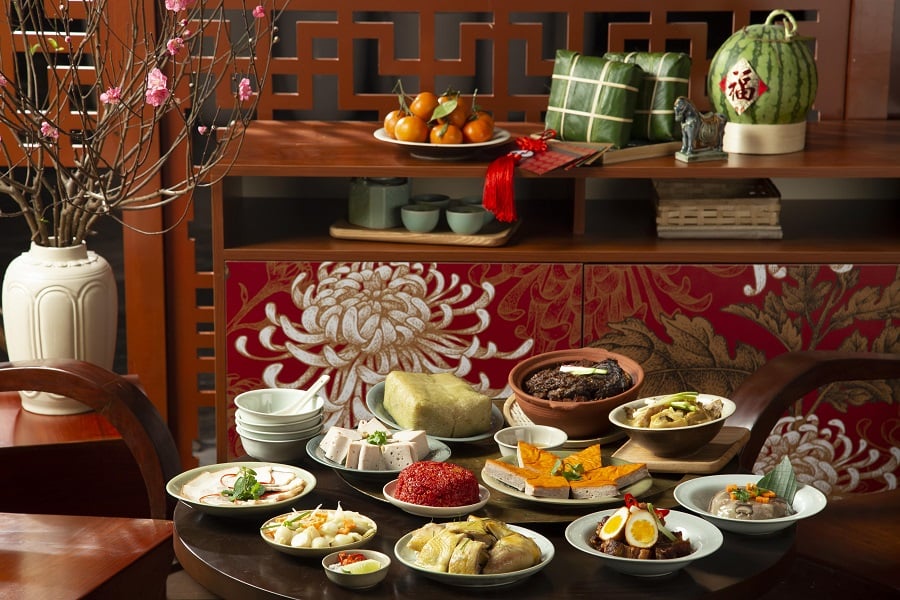
Tet holiday in Vietnam, also known as the Vietnamese New Year, is a time-honored celebration that holds immense cultural significance. To know why Tet holiday is important, read this article to understand the warmth of family reunions, the joy of gift-giving, and the rich array of traditional food on Tet holiday.
1. What is Tet Holiday? How long is Tet Holiday in Vietnam?
The Vietnamese New Year, known as Tet holiday, stands as the most significant festival in Vietnam among other Vietnam holidays, a nationwide celebration marking the dawn of the new year in the traditional lunar calendar. Tet holiday dates change annually but typically fall between mid-January and late February. When does Tet holiday start in Vietnam? In the upcoming year, the Tet holiday in 2024 will grace the calendar on February 10, heralding the Year of the Dragon. In 2025, it will arrive on January 29, ushering in the Year of the Snake, and in 2026, Tet will fall on February 17, inaugurating the Year of the Horse.
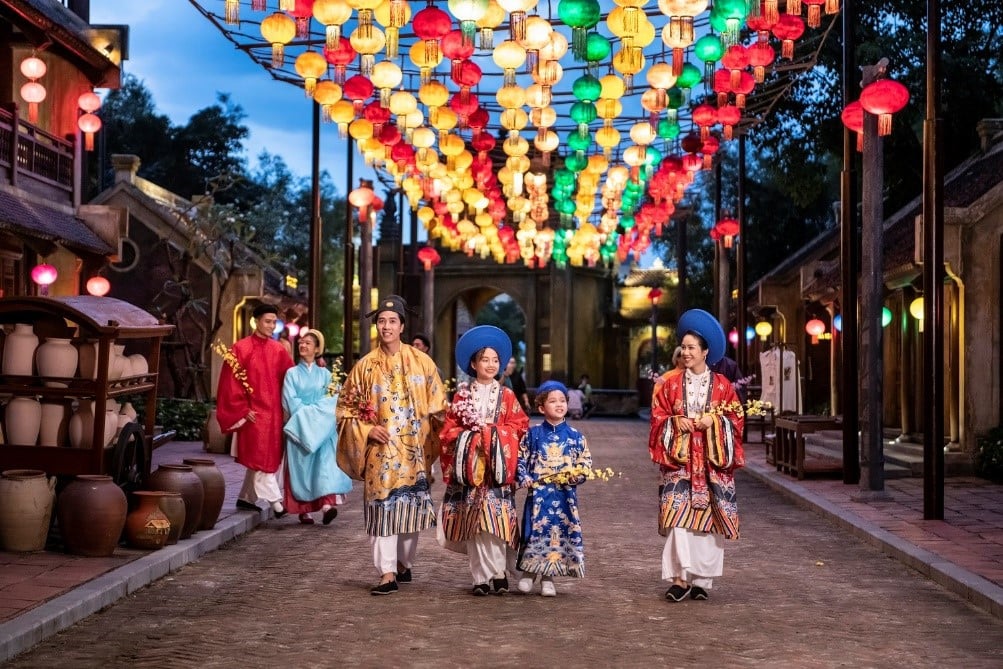
Tet festivities extend for three days and can span up to an entire week, with the festival subdivided into the days leading up to New Year's Eve, New Year's Eve itself, and the subsequent New Year's Days. The ritual of honoring Ong Tao, the guardian of the family kitchen fire, on the 23rd day of the twelfth lunar month marks the inaugural event heralding the approach of Tet. It serves as a spiritual practice, fostering hope for a year of abundance and good fortune. The most crucial moment of Tet unfolds at midnight on the eve of the first day of the lunar New Year. At this precise instant, families set up two ancestral altars, one for the spirits of their ancestors and another for the heavens and the earth. This ceremonial tradition carries the significance of leaving behind the misfortunes of the past year to welcome the forthcoming year's blessings and goodness.
Following Vietnamese New Year's Eve is the official Tet period, spanning three days, from the first to the third day of the first lunar month, symbolizing a fresh start for a prosperous new year. According to customs, this is the time for families to come together, visit relatives, celebrate the longevity of the elderly, offer lucky money to children, and exchange well wishes for a safe and prosperous year. In Vietnam, there's a saying: "Mong 1 tet cha" - the first day is reserved for visiting paternal relatives; "Mong 2 tet me" - the second day is dedicated to maternal relatives; and "Mong 3 tet thay" - the third day is for paying respects to teachers, showcasing the deep-rooted tradition of respecting educators in Vietnamese culture.
2. Why is Tet Holiday so important to Vietnamese people?
The Lunar Tet holiday in Vietnam is the grandest festival among traditional celebrations. Talking about Tet holiday in Vietnam, to this day, the exact origin of Tet holiday or the history of Tet holiday remains a subject of various interpretations. However, the prevailing belief affirms the purely Vietnamese heritage of the Tet celebration. According to the legend of "Banh chung banh day," the Vietnamese people have been celebrating Tet since the time of the Hung Kings, even before the northern occupation. Many ancient Chinese texts mention the Vietnamese Tet holiday as an occasion when people gathered to dance, sing, and revel in feasting.
Tet holds profound significance for the Vietnamese people. It carries spiritual values and deep emotional ties, becoming a cherished tradition. In Vietnamese culture, the Tet holiday not only symbolizes the connection between heaven, earth, and humanity with the divine but also represents a time for family reunions. Vietnamese New Year is a solemn and sacred occasion, bidding farewell to the old year and welcoming the new one with good wishes for good health, abundance, and harmony. The Lunar New Year in Vietnam is also an opportunity to uphold the moral principle of remembering one's roots and appreciating the values of heritage. It is also an ideal time for reconciliation, fostering harmony, and resolving conflicts among individuals in their daily lives.
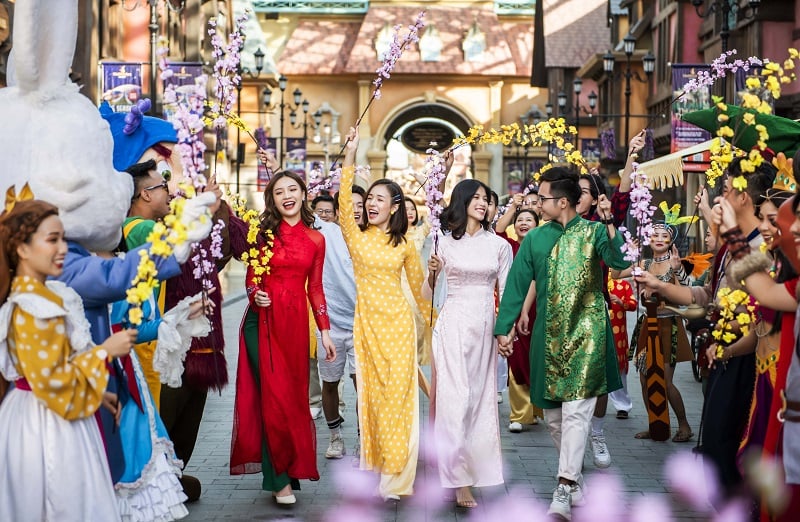
3. How do Vietnamese people prepare for Tet Holiday?
To celebrate the Tet holiday in Vietnam, Vietnamese people make thorough preparations well in advance, typically a month or 1-2 weeks before the holiday. Numerous special activities for the Tet holiday are leading up to the New Year to ensure a prosperous start.
3.1. Cleaning and decorating the houses
As Tet approaches, Vietnamese families have a tradition of thoroughly cleaning their homes to eliminate any remnants of the past year's misfortunes and prepare for a new year filled with good luck and abundance. Old items are discarded, houses are thoroughly cleaned, Tet holiday songs are played, and Vietnamese houses are adorned with various Tet holiday decorations to create a warm and joyful atmosphere. Some of the typical Vietnamese New Year decorations include red couplets, "cay neu" (a bamboo pole with various decorations to ward off evil spirits), and specific flowers associated with Tet, which create a festive ambiance.
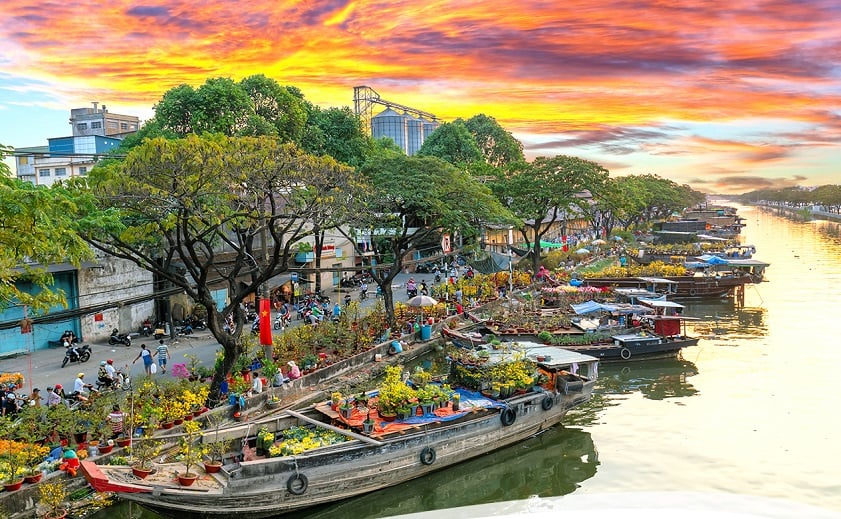
3.2. Shopping for new clothes and gifts
One of the most exciting Tet holiday traditions is shopping for new items, gifts, and new clothes for the holiday. In the days leading up to Tet, adults often take children to Tet markets to buy new clothes to wear during the holiday – an activity that children greatly enjoy. Furthermore, to decorate their homes, prepare Tet feasts, and entertain guests during Tet, Vietnamese people shop for a variety of items in advance, including fresh flowers, fruits, Tet preserves, traditional dishes like chicken, sausage, bamboo shoots, and other offerings. Another tradition during Tet is the exchange of gifts among family members and friends, expressing feelings of affection, gratitude, and best wishes for the new year. Thus, selecting appropriate gifts for each recipient is an enjoyable Tet tradition.
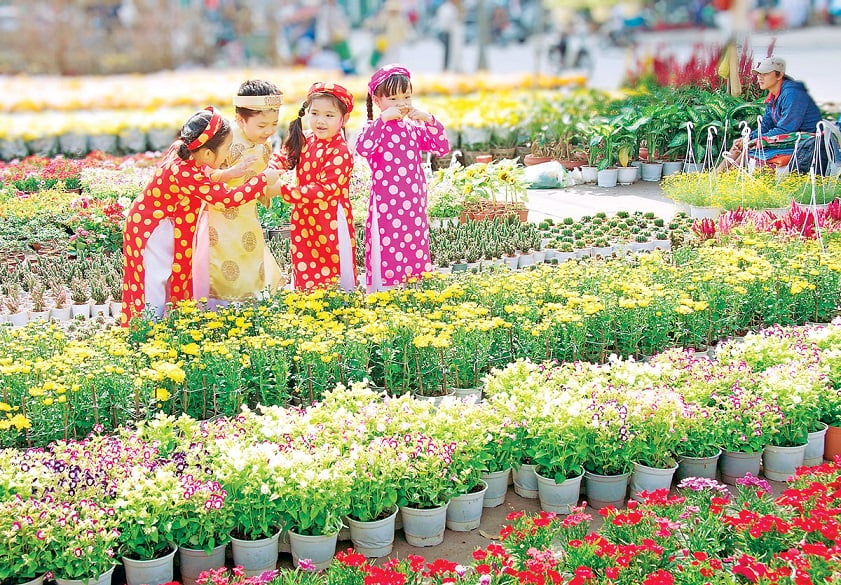
3.3. Traditional rituals before Tet
These customs and traditions associated with the Vietnamese Lunar New Year have been passed down from generation to generation, preserving their significance year after year. Here are some of the customary practices to prepare for the Tet holiday:
- The custom of making offerings to the Kitchen God on the 23rd day of the twelfth lunar month
- The tradition of making "banh chung" and "banh tet" (traditional Tet cakes)
- The tradition of arranging the "5 fruits" tray placed on the family altar
- The tradition of visiting ancestors' graves
- The tradition of "cung tat nien" (year-end ceremony) to ancestors and the earth
- The tradition of celebrating New Year's Eve
4. Things to know about traditional food for Tet Holiday in Vietnam
Vietnamese food is a beautiful aspect of Vietnamese culture, and as such, every Tet holiday, families place great emphasis on the Tet feast. Each region in Vietnam has its own distinctive culinary traditions and unique Vietnamese New Year's food, enriching the cultural and culinary identity of Vietnam.
4.1. Tet Holiday food in the North
When it comes to Northern Vietnamese food on Tet holiday, we often think of the dishes that are prepared to appear on the ancestral altar, and these include:
- Chung cake: A square-shaped cake symbolizing the earth. It is an indispensable food during the Tet holiday in the northern region.
- Xoi gac: This dish, characterized by its red color, which symbolizes luck and happiness, is a must-have.
- Vietnamese pork roll: Usually placed at the center of the Tet feast, it holds the meaning of harmony and abundance.
- Dried bamboo shoot soup: A traditional dish reflecting the culinary practices of Vietnamese ancestors.
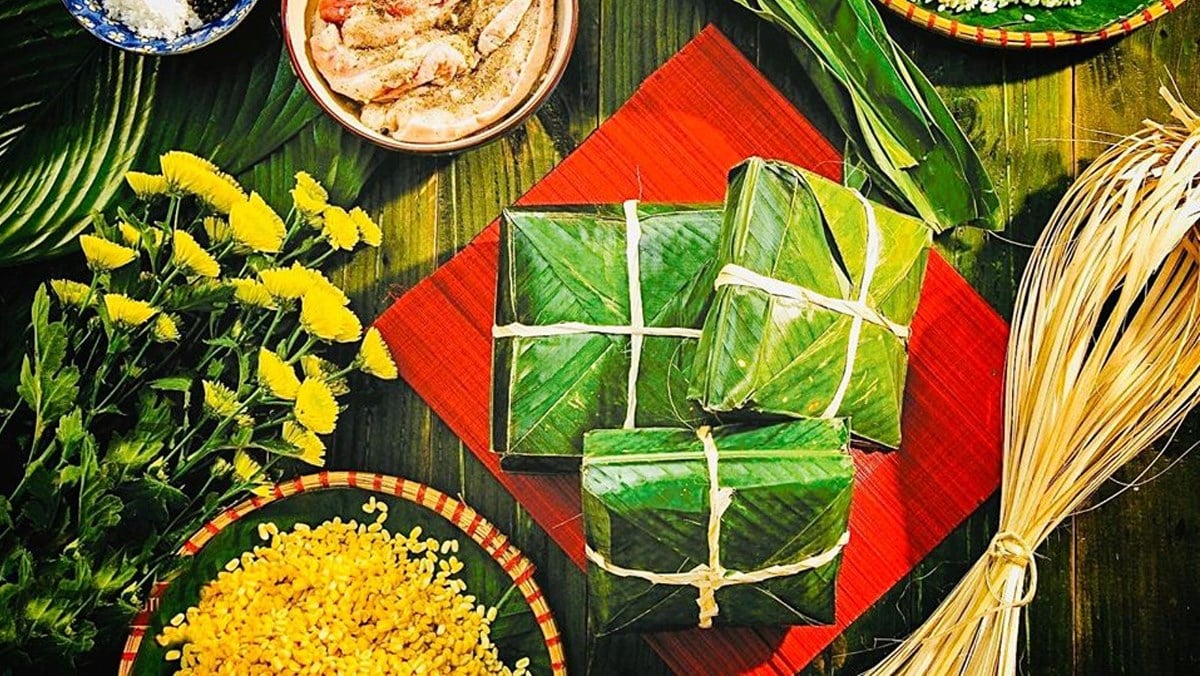
4.2. Tet Holiday food in the Central
When traveling to Central Vietnam, you should not miss out on Central Vietnamese food with its distinct flavors characterized by rich and bold tastes. Here are the special foods for the Tet holiday:
- Banh tet: Similar to banh chung, banh tet is an indispensable dish during Tet in Central Vietnam. These round cakes symbolize fullness and completeness.
- Pickled vegetables: These vegetables, such as carrots and papaya, are sweet, sour, and crunchy and are often enjoyed with banh tet.
- Meat marinated in fish sauce: During every Tet celebration, marinating meat in fish sauce is quite popular in many provinces of Central Vietnam.
- Vietnamese beef roll: During the Tet holiday in Central Vietnam, you often find beautifully red-pink chunks of beef roll on the table.
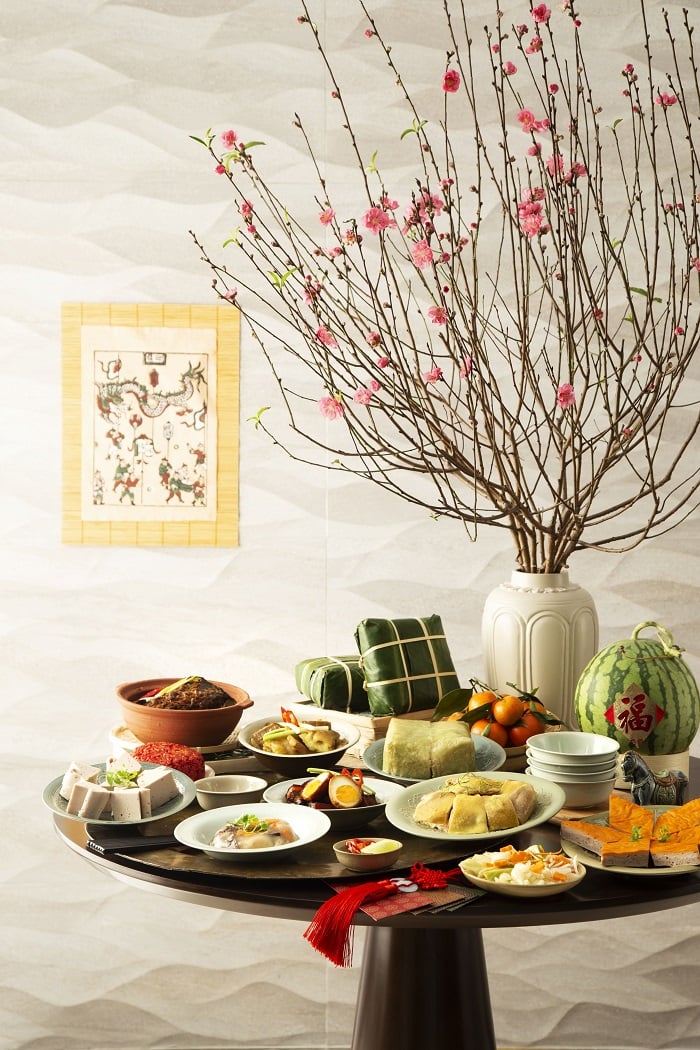
4.3. Tet Holiday food in the South
For those in the Southern part of Vietnam, a meaningful Tet is accompanied by special dishes like:
- Banh tet: Like in the Central region, banh tet is a must-have during the Tet holiday in Southern Vietnam.
- Vietnamese braised pork belly: On Tet, people in the South often prepare a large pot of braised pork belly as a sign of prosperity and togetherness with family.
- Stuffed bitter melon soup: This dish, commonly found on Southern Tet tables, symbolizes pushing past difficulties and welcoming happiness and good fortune.
- Chinese sausage: This dish is quite popular in Southern Vietnam during Tet, known for its delicious, fragrant taste, and it can be prepared in various ways.
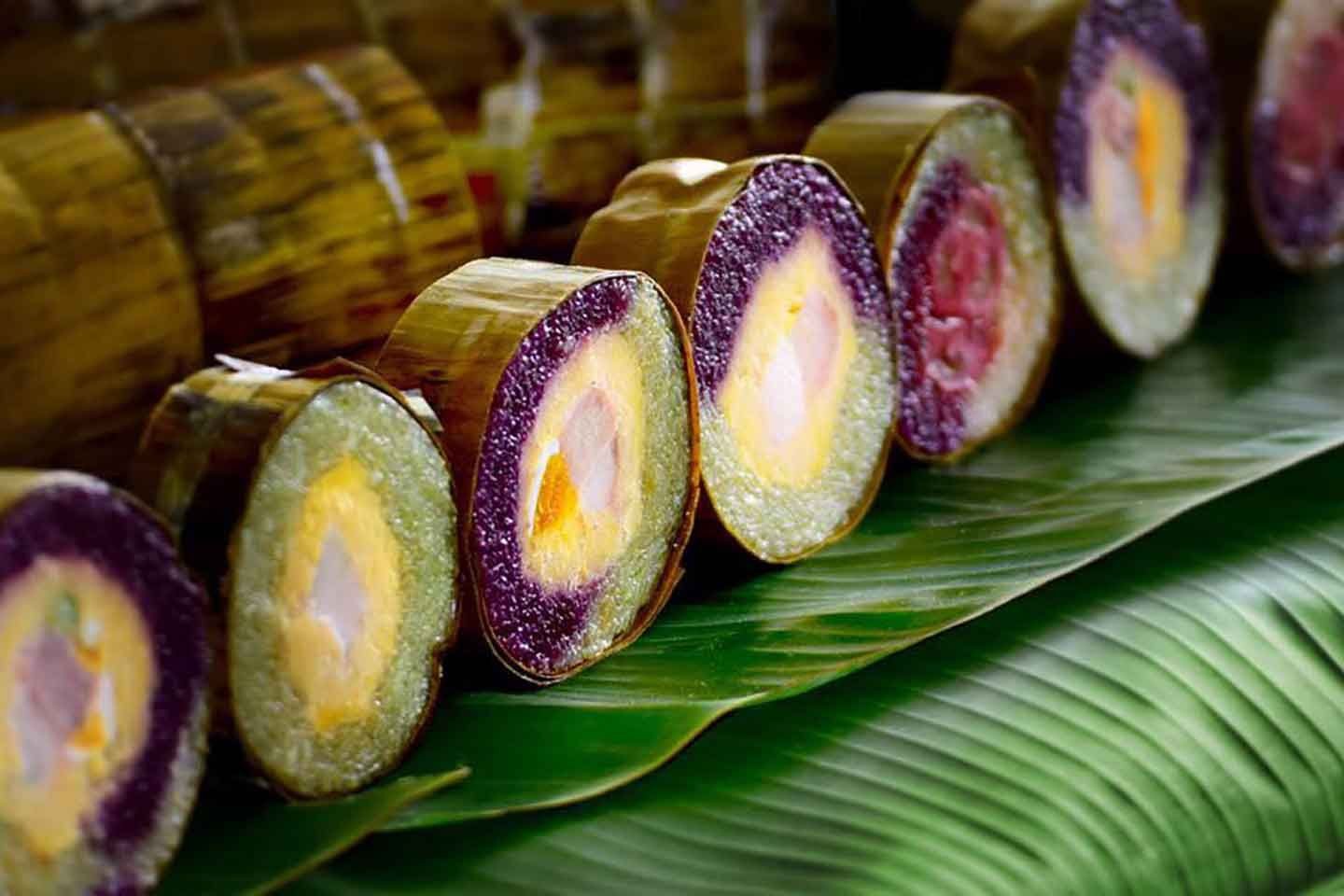
5. The not-to-be-missed plants and flowers during Tet Holiday
Vietnamese people have a tradition of decorating their homes with flowers and plants during Tet to bring vitality and joy to their households.
5.1. Flowers for Tet Holiday
Let's explore some of the common Vietnamese New Year flowers during this special occasion, each with its own symbolic meaning:
- Peach Blossoms: These familiar flowers in the North, with their vibrant pink and red colors, symbolize growth, prosperity, and good luck.
- Yellow Apricot Blossoms: These blossoms are emblematic of Tet in the South. The color yellow represents luck, wealth, and happiness.
- Sword Lilies: Many Vietnamese people choose these flowers for the Tet holiday, with the meaning of good luck, prosperity, and warding off negative energies.
- Gerberas: In Vietnamese culture, gerberas represent wealth and good fortune. They are often given as gifts to convey New Year's wishes.
- Chrysanthemum Flowers: They symbolize longevity and are believed to attract good luck and wealth to the family.
Additionally, to invite luck, happiness, and beauty into your home during Tet, you can purchase flowers such as spring buds, lisianthus flowers, dahlias, marigold flowers, etc.
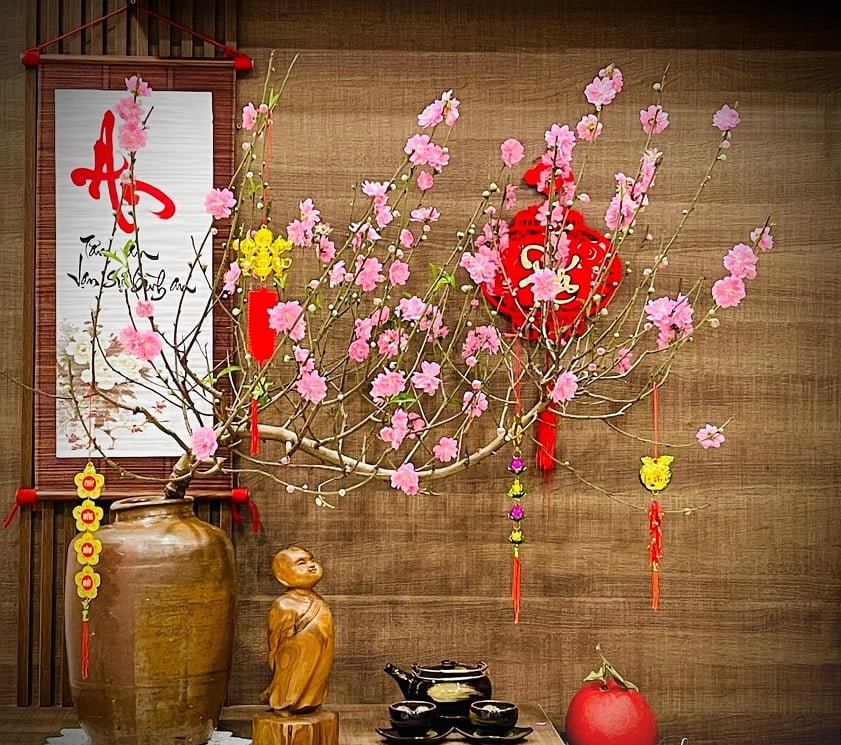
5.2. Trees for Tet Holiday
If you prefer greenery, you can also consider the following plants to display to celebrate Tet holiday in Vietnam
- Kumquat Trees: Often seen in Northern Tet celebrations, kumquat trees, with their green leaves and vibrant yellow fruits, symbolize luck, peace, joy, and prosperity.
- Fig Tree: True to its Vietnamese name, it represents abundance and prosperity. It is often chosen for Tet decorations to wish for a prosperous and full year.
- Money Plants: A green and auspicious plant that remains vibrant all year round, the money plant signifies richness, wealth, and prosperity.
- Gold Coin Tree: With an auspicious name and bright red color, this plant is believed to attract wealth and bring fortune and luck into the home.
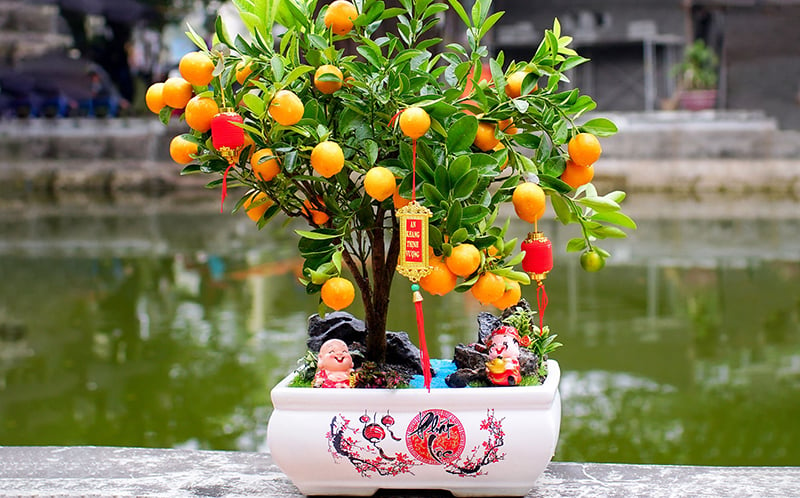
6. What are the important Tet Holiday traditions and customs?
The cultural significance of Tet is always preserved and celebrated through traditional customs, such as conducting worship rituals, showing respect, love, and care for each family member, and the tradition of giving lucky money as a well-wishing gesture.
6.1. Ancestor worship and altar setup
Vietnamese people believe that when they pass away, the spirits of their ancestors journey to another world, yet there are times when they continue to exist around us. Hence, during important family meals and feasts from New Year's Eve until the first three days of the year, it is essential to observe the ritual of paying respect to one's ancestors. On this occasion, the act of paying respect is performed to call upon the spirits of ancestors to gather and enjoy the meals prepared by their descendants. Furthermore, on this occasion, the ancestral altar is thoroughly cleaned, and delicious dishes, Tet flower arrangements, and a tray of five fruits (which may vary by region) are meticulously displayed to demonstrate the deep respect for the ancestors and the aspiration for a prosperous and peaceful new year. This tradition has been, is, and will be passed down, signifying the importance of honoring one's roots in Vietnamese culture.
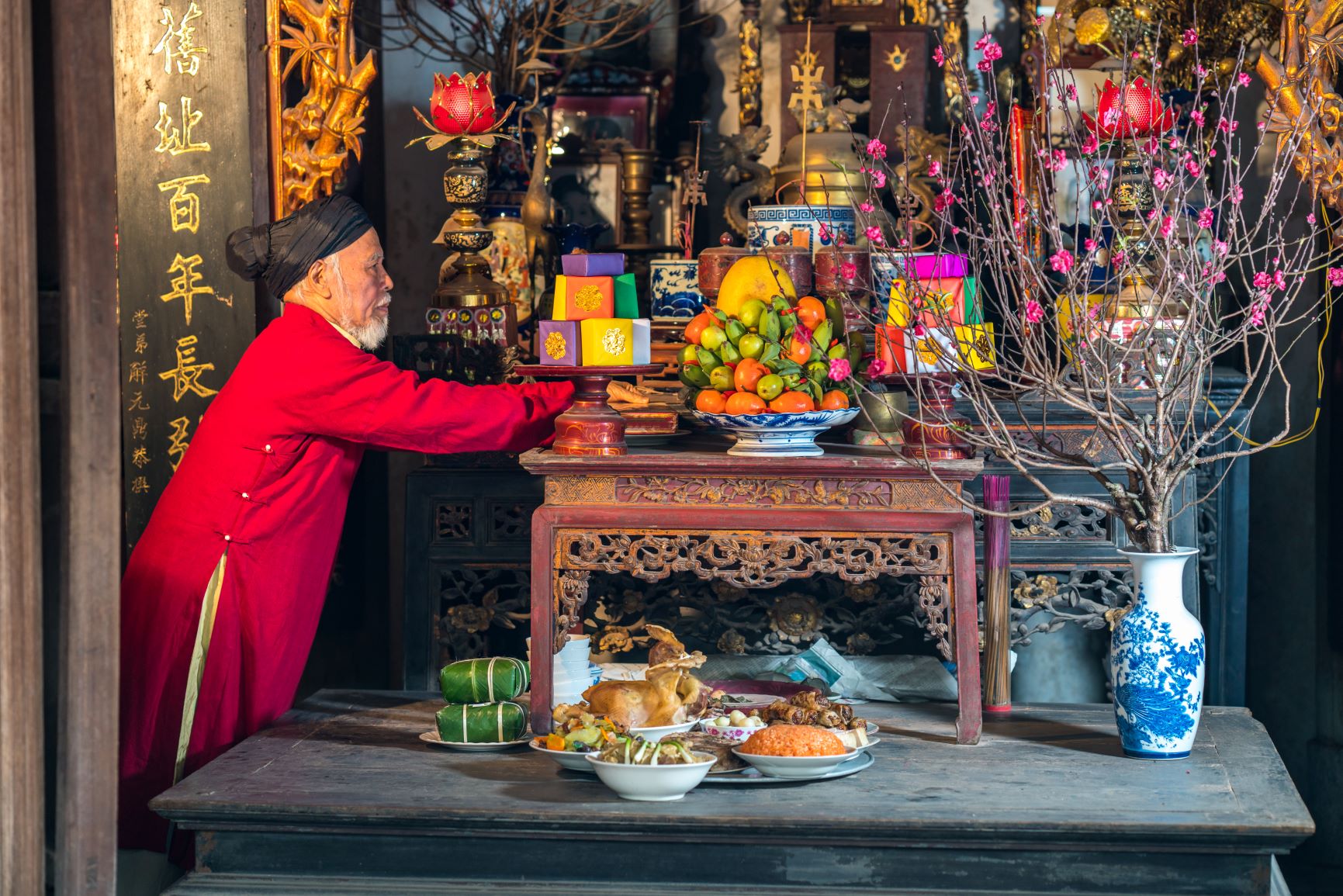
6.2. Paying respects to parents and elders
To the Vietnamese people, Tet holiday is a time for family reunions and a moment to show respect, love, and care for each family member. Especially during this time, children express their respect for their grandparents and parents by celebrating their longevity and presenting their grandparents, parents, and elderly relatives with Tet wishes for peace and good health. It highlights the treasured tradition of "respecting the elders" in Vietnamese society, a cultural beauty that should be preserved and cherished.
6.3. Giving and receiving red envelopes (li xi)
"Li xi" is a term used to describe a customary practice during the Lunar New Year in Vietnam, which involves placing money in small, brightly decorated envelopes to celebrate the youth. On the first day of the new year, Vietnamese families visit their relatives and neighbors or gather around the dining table. It is during these gatherings that adults give Vietnamese lucky money as a Vietnamese New Year gift to children to celebrate their youth, and the elderly receive it to wish them a long life. Giving lucky money on the Tet holiday is a beautiful cultural tradition of the Vietnamese people, with the hope that good luck and fortune will come from the very first days of the new year, especially as an expression of care for the younger generation.
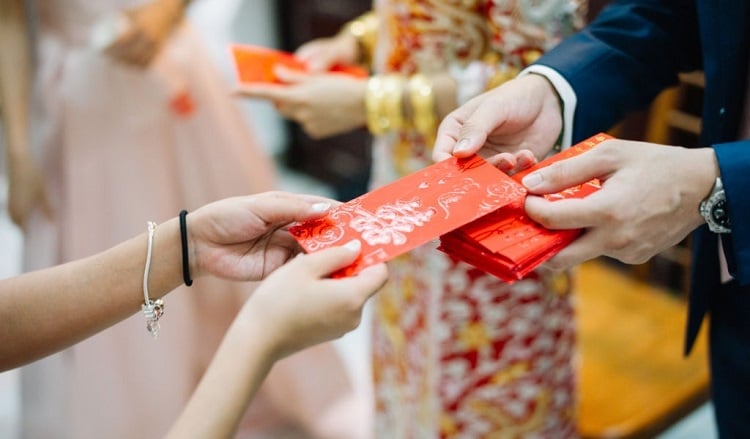
7. The most common celebration activities on Tet Holiday
During Tet and the entire spring season, there are numerous exciting activities to celebrate the Tet holiday in Vietnam. Don't miss the chance to visit and participate in these Tet holiday activities.
7.1. Cultural festivals over the three regions
The Vietnam festivals for Tet organized throughout the country are a distinctive cultural feature that attracts a large number of participants. This is an occasion where people pray for peace and happiness for themselves and their families.
- Dao People's New Year Dance Festival: Held on the 1st and 2nd days of the Lunar New Year in Sapa, it includes 14 distinct traditional dances of the Dao people. People gather around fires to celebrate, singing, dancing, and rejoicing together.
- Perfume Pagoda Festival in My Duc, Hanoi: This is one of the most famous traditional Tet festivals in Vietnam, attracting many tourists to visit the Buddhist sacred sites and enjoy the scenic beauty of the area.
- Dong Ky Village Firecracker Parade: Held in Bac Ninh from the 4th to the 7th day of the Tet holiday, this festival involves various activities such as parading traditional relics, burning firecrackers,...
- Tich Dien Doi Son Festival: Taking place in Ha Nam from the 5th to the 7th day of the 1st Lunar Month, this Tet festival in Vietnam reflects reverence for ancestral origins and has a long history.
- Dong Da Festival: Held in Hanoi on the 5th day of the 1st Lunar Month, this festival commemorates the glorious victories of King Quang Trung. It features drum performances and reenacts the process of nation-building and defense led by King Quang Trung.
Additionally, there are many other festivals taking place during Tet holiday and the first month of the Vietnamese Lunar New Year, such as the Yen Tu Pagoda Tet Festival in Quang Ninh, the Cau Ngu Festival in Danang, the Sinh Village Wrestling Festival in Hue, the Duc Thanh Tran Temple Festival in Ho Chi Minh City, the Nguyen Tieu Festival in Hoi An, the Dinh Ba Ong Lang Festival in Phu Quoc, and more.
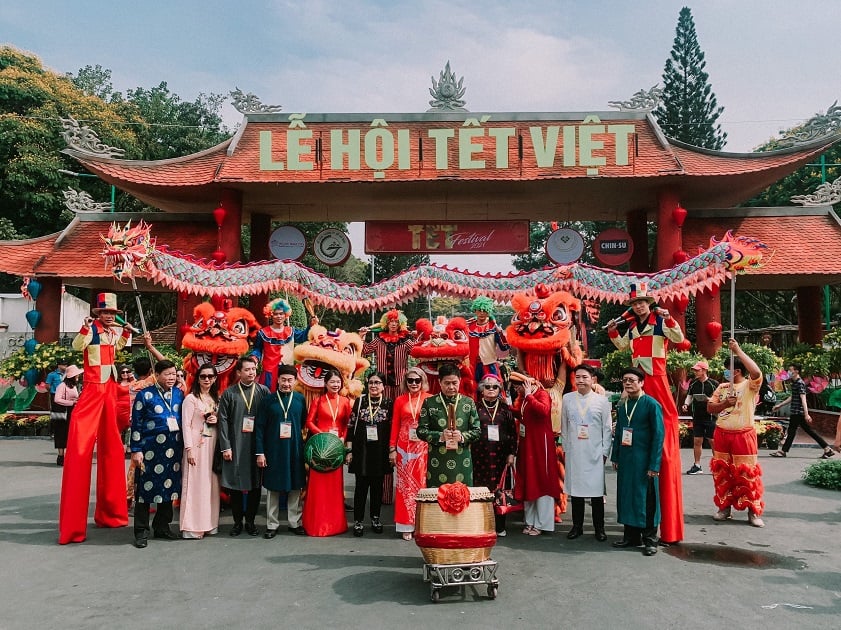
7.2. Fireworks displays and public events
Every year when the Tet holiday arrives, one thing that cannot be missed on New Year's Eve is the fireworks display. The tradition of setting off fireworks has a long history, originating from an ancient legend. Fireworks on New Year's are not only meant to ward off evil spirits but also symbolize the anticipation of a peaceful and lucky year ahead. Nowadays, during lunar and Gregorian New Year celebrations and various public holidays in Vietnam, Vietnam organizes numerous free fireworks displays in public places for people to enjoy and wish for happiness and health.
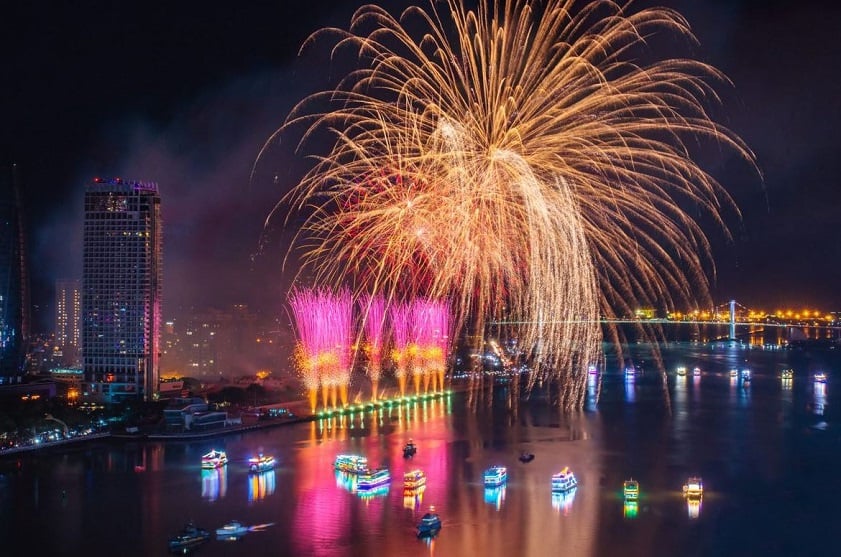
7.3. Lion and dragon dances
The Vietnamese Lion dance and Dragon dance have been part of Vietnamese culture for a long time, and they have become a distinctive feature of the country's Tet Festival in Vietnam (Vietnamese Lunar New Year). These dances are typically performed at temples and pagodas during the Tet holiday, symbolizing hopes for luck, success, and good fortune. The vibrant colors like red and gold in the costumes represent strength, beauty, and good luck.
7.4. Visiting pagodas and temples during Tet
In the traditional sense, during the first three days of the Lunar New Year, Vietnamese families visit pagodas and temples to pray for health, happiness, and good fortune in the coming year. As the clock strikes midnight on New Year's Eve, many people embark on a pilgrimage to nearby pagodas, offering prayers for their well-being and the well-being of their loved ones. It is believed by many that all wishes made on New Year's Eve will come true.
8. Travel tips for experiencing Lunar Tet Holiday in Vietnam
To fully enjoy the Vietnamese Tet holiday and have a happy Tet holiday experience, explore some tips on travel destinations and accommodations when visiting Vietnam during this time.
8.1. The best places to celebrate Tet Holiday in Vietnam
For a memorable Vietnam travel itinerary filled with lively celebration activities and culturally significant Tet customs, consider visiting cities such as Hanoi, Ho Chi Minh City, Phu Quoc, Nha Trang, Hoi An, and Ha Long. In the locations, for example, when you enjoy Tet holiday in Hanoi or Tet holiday in Hoi An, you can savor delicious Tet dishes, admire festive decorations, immerse yourself in the Tet atmosphere, and participate in various unique Tet festivals in Vietnam as listed above.

8.2. Accommodations and transportation during Tet Holiday
When traveling to Vietnam during Tet, pay close attention to transportation options because they tend to be overcrowded during major holidays. It is recommended to book your tickets for flights, trains, and buses as early as possible to avoid ticket shortages and secure better prices.
Regarding accommodations, elevate your holiday experience and enjoy the Tet holiday atmosphere at Vinpearl's exceptional hotels and resorts.
With a nationwide presence, Vinpearl is dedicated to delivering a world-class experience, offering a wide range of services including spas, restaurants, swimming pools, shopping areas, entertainment zones, and catering to all customer needs. For added excitement, head to the immersive entertainment complexes of VinWonders to enjoy a wide range of unforgettable activities, thrilling games, water parks, and festivals.

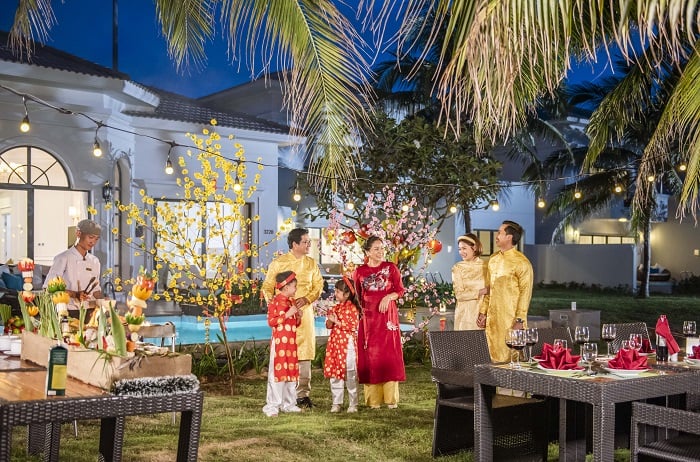
>>> Book rooms in Vinpearl Phu Quoc, Vinpearl Nha Trang, Vinpearl Resort & Golf Nam Hoi An, and Vinpearl Resort & Spa Ha Long to make your visit to Vietnam during the Tet holiday unforgettable
8.3. The best Tet Holiday wishes for your beloved Vietnamese
If you want to say Happy New Year in Vietnamese and send best wishes for the Tet holiday to your loved ones and friends in Vietnam, consider using the following Tet holiday greetings:
- Sức khoẻ dồi dào: We wish you good health.
- Sống lâu trăm tuổi: We wish you longevity (this is a popular Vietnamese New Year wish for elders).
- Hay ăn chóng lớn: Eat more and grow quickly (this is a popular wish for children).
- Sức khỏe vô biên: We wish you boundless health.
- An khang thịnh vượng: We wish you prosperity.
- Phát tài phát lộc: We wish you wealth.
- Tiền vào như nước: We hope that money flows to you like water.
- Cung hỉ phát tài: May you have a prosperous New Year.
- Làm ăn phát tài: May your business prosper.
- Công thành danh toại: We wish you success in your career.
- Năm mới, thắng lợi mới: New year, new success.
- Vạn sự như ý: May all your wishes come true.
- Hạnh phúc sức khỏe: We wish you happiness and health.
- Năm mới cát tường: We wish you a lucky New Year.
- Như ý cát tường: May all your wishes come true.
- Bình an tấn lộc: We wish you peace and prosperity.
- Tân niên đại cát: We wish you a new year with lots of luck.
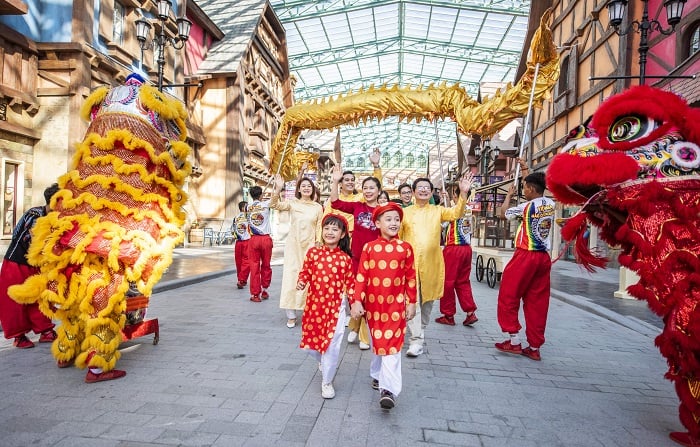
Tet holiday stands as a vibrant testament to Vietnam's rich cultural heritage. This annual celebration, deeply rooted in tradition, showcases the essence of family, gratitude, and renewal. It is a time of reflection, a time to pay homage to ancestors, and a time to welcome the promise of a new year with open arms. The festive spirit, the intricate customs, and the mouthwatering cuisine make the Tet holiday in Vietnam a special occasion, fostering unity and spreading joy throughout the nation.




